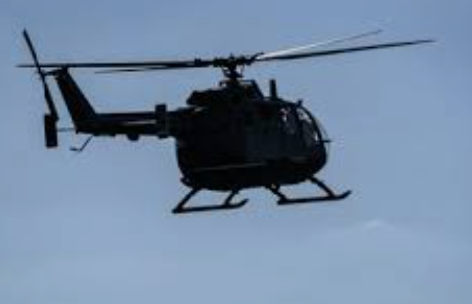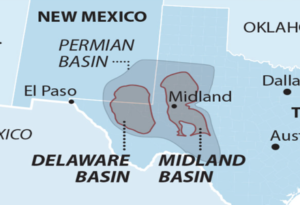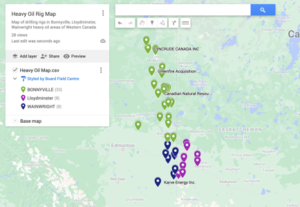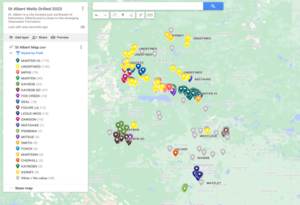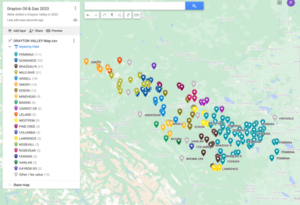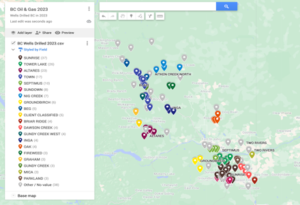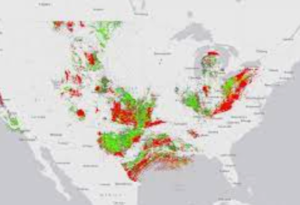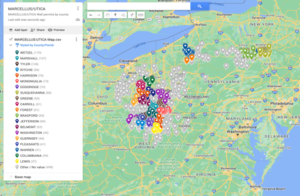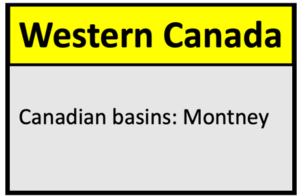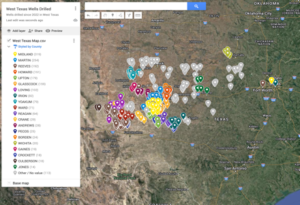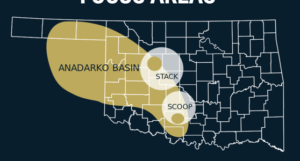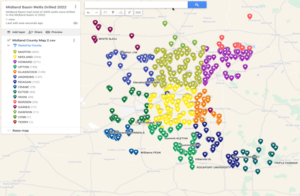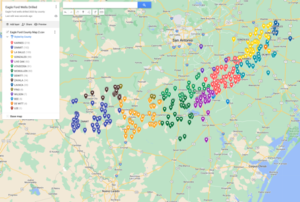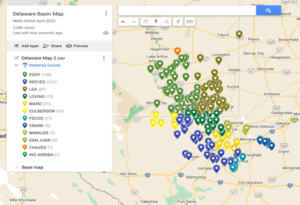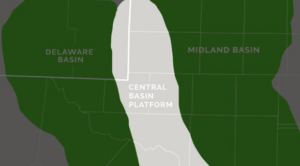The U.S. Environmental Protection Agency (EPA) is undertaking another series of helicopter flyovers to survey oil and gas facilities in the Permian Basin. These flyovers aim to identify emissions of methane, a potent greenhouse gas, and Volatile Organic Compounds (VOCs).

EPA’s Approach to Addressing Emissions:
- Detection Tools:
- Helicopter flyovers with infrared cameras to detect emissions from oil and gas operations.
- These advanced tools help cover the vast area of the Permian Basin efficiently.
- Enforcement Actions:
- Administrative enforcement actions by the EPA.
- Referrals to the Department of Justice for further action.
- Implementation of significant penalties, corrective measures, and monitoring to ensure compliance.
- Health and Environmental Impact:
- Addressing emissions will improve air quality and public health.
- Focused efforts on the largest leaks to make substantial improvements in the region’s air quality.
Results and Compliance Efforts:
- In the last five years, EPA has issued 48 enforcement orders based on flyover data, resulting in $4.9 million in penalties.
- Companies have been required to:
- Correct violations and install enhanced monitoring systems.
- Evaluate permits and operations to ensure ongoing compliance.
- Report repairs and equipment upgrades to the EPA.
The EPA’s ongoing helicopter flyovers and subsequent enforcement actions in the Permian, leveraging advanced detection technologies and rigorous compliance measures, the EPA aims to reduce harmful pollutants.

